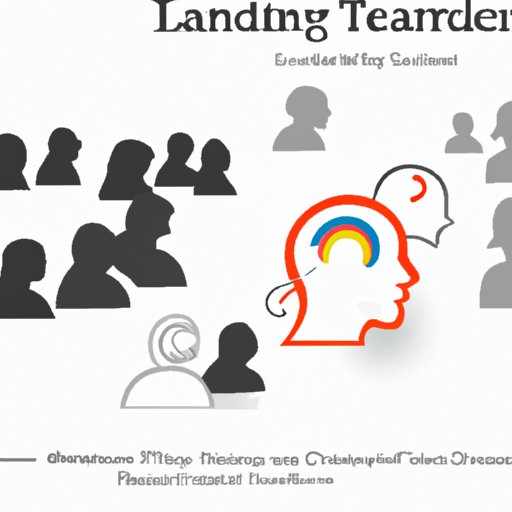Introduction
Leadership development is a process that focuses on helping individuals reach their potential and develop the skills they need to become successful leaders within an organization. It involves providing employees with the knowledge, experience, and resources they need to effectively lead teams and manage projects. The goal of a leadership development program is to create an environment where individuals can continually grow and develop their skills, while also creating an organizational culture that values leadership and encourages collaboration.

Identifying Target Audience and Their Needs
The first step in building a leadership development program is to identify the target audience and their needs. This will help determine the type of content that should be included in the program. It is important to understand who the program is designed for and what their specific needs are. For example, if the program is designed for managers, it should focus on developing the skills needed for effective management, such as communication, problem-solving, and decision-making. If the program is designed for employees, it should focus on developing the skills needed to take initiative and work collaboratively.
Researching Best Practices in Leadership Development
Once the target audience and their needs have been identified, it is important to research best practices in leadership development. This includes reviewing existing programs, surveying other leaders, and examining relevant literature. By researching best practices, organizations can gain insight into what has worked for other organizations and what strategies might be most effective for their own program. Additionally, this research can provide valuable information about how to structure the program and what topics to include.

Designing a Curriculum for the Program
Once the target audience and their needs have been identified, and best practices have been researched, the next step is to design a curriculum for the program. This involves establishing learning outcomes, developing course content, and choosing appropriate assessments. Establishing learning outcomes will help ensure that the program is focused on achieving measurable goals and objectives. Developing course content should include activities that engage participants and provide them with the opportunity to practice and apply the skills they are learning. Lastly, choosing appropriate assessments will help measure the effectiveness of the program and provide feedback for further improvement.

Selecting Delivery Method for Program Content
Another important step in building a leadership development program is selecting a delivery method for program content. This includes deciding between online and in-person training. Online training offers convenience and the ability to scale quickly, but may not allow for the same level of personal interaction as in-person training. In-person training allows for more interaction between participants and facilitators, but may not be as cost-effective or scalable as online training. Organizations should consider the pros and cons of each option when selecting a delivery method for their program.
Conclusion
Building a successful leadership development program requires careful planning and thought. It is important to identify the target audience and their specific needs, research best practices, design a curriculum, and select a delivery method. By following these steps, organizations can create a program that meets the needs of their employees and helps them develop the skills they need to become successful leaders. Implementing a leadership development program can provide organizations with many benefits, including increased engagement, higher morale, and improved employee performance.
(Note: Is this article not meeting your expectations? Do you have knowledge or insights to share? Unlock new opportunities and expand your reach by joining our authors team. Click Registration to join us and share your expertise with our readers.)
